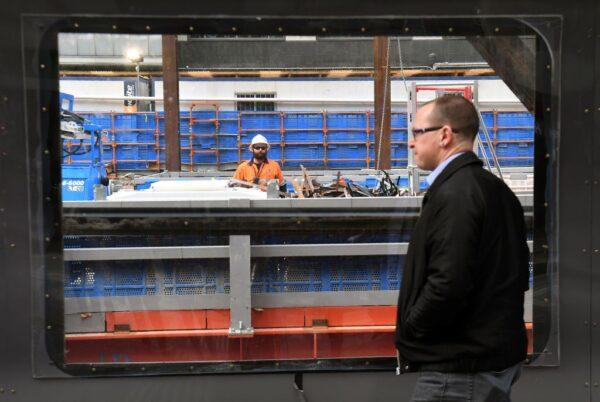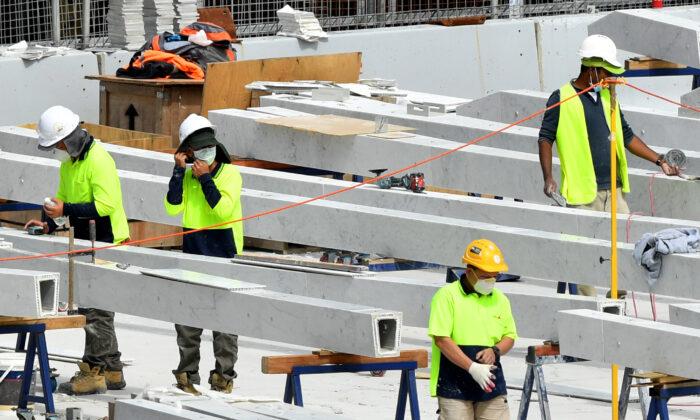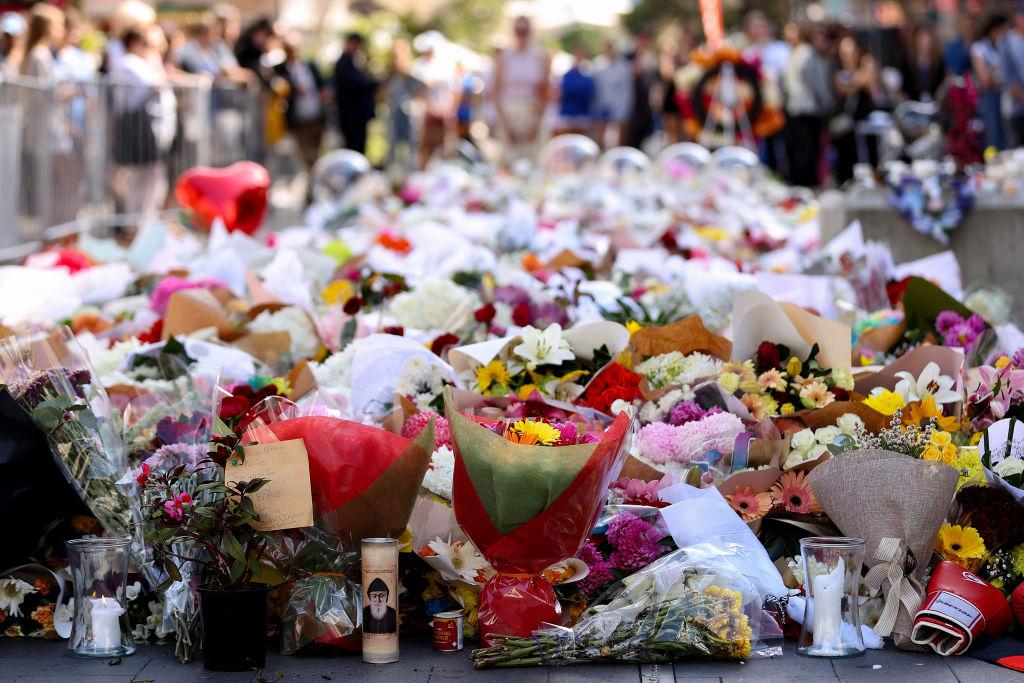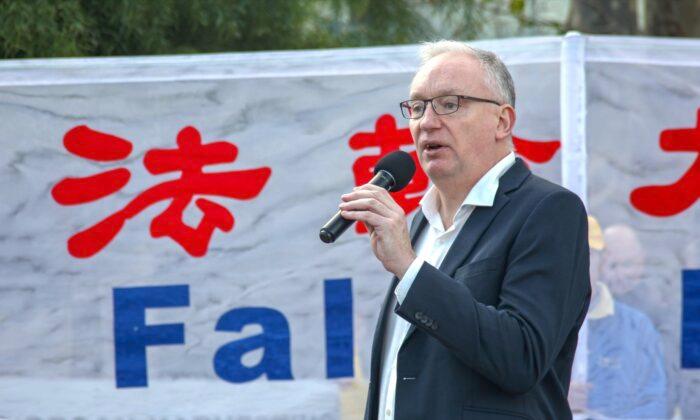According to the nation’s peak industry group, Australia’s manufacturing sector delivered its highest monthly growth in almost 30 years.
The performance was driven by rapid expansion in food and beverages, machinery and equipment, building materials, and chemicals manufacturing, which pushed all four to hit record highs. At the same time, another two measured sectors also grew.
Businesses that directly supplied to the construction industry reported the strongest results and were working to rapidly expand their services to keep up with demand.
“The strength of the recovery continued despite headwinds from COVID outbreaks and associated lockdowns and border restrictions, high freight costs, and the widespread difficulties employers are experiencing in filling positions,” Willox said.
“Supply chain disruptions were similarly identified as a major impediment to growth in Australia’s manufacturing output, with material constraints on a scale not seen since the 1970’s oil shock.”

While manufacturers are operating at below full capacity, plans to invest in plant and equipment are at the highest level in five years, as businesses take advantage of low-interest rates and government support.
Respondents also remained positive about their prospects, with around 40 percent expecting both the general economic situation and their own businesses to improve over the next six months.
However, Lambie warns that despite the optimism, “crucial reforms” are required to ensure the sector’s sustainability.
“Businesses need to see a plan for the reopening of international borders in a safe and staged manner to accelerate the resolution of skills and material shortages,” he said. “If we don’t act with urgency now, there is a significant risk Australian manufacturing will struggle to remain competitive against our international counterparts, disrupting our long-term economic recovery.”





